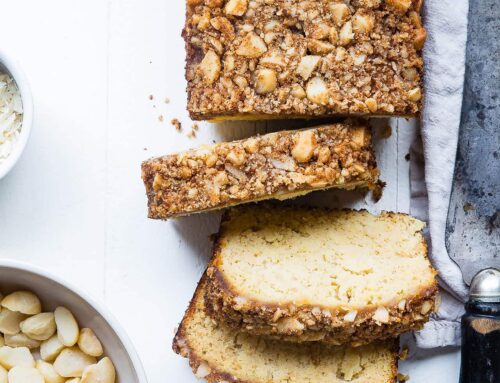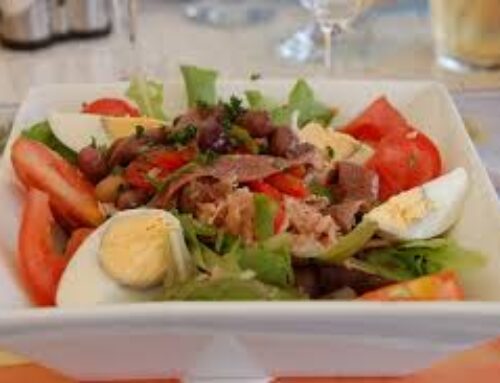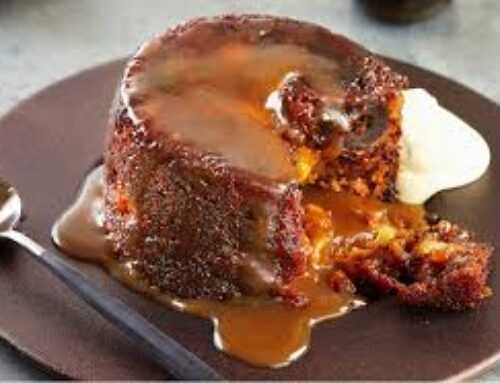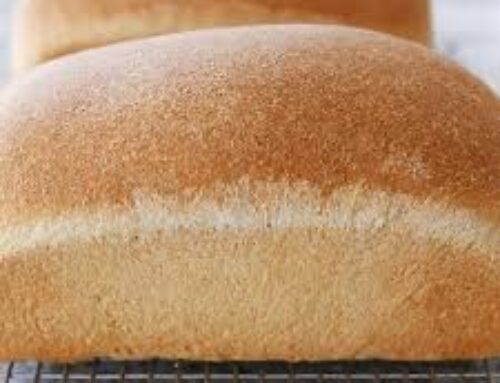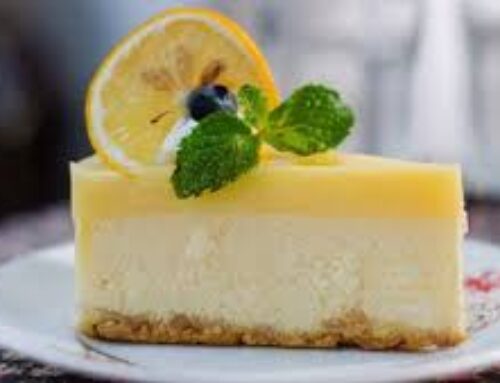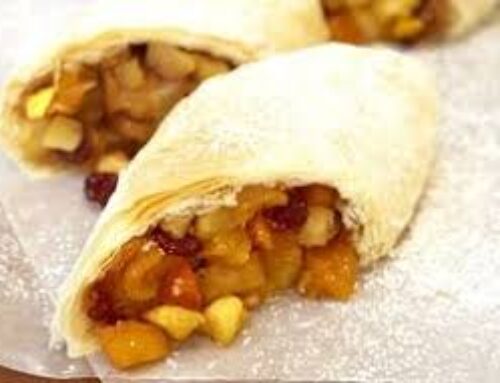Ingredients
3 lb. parsnips
3 lb. white sugar
1 gallon water
Yeast
Method
Use well-frosted parsnips, scrub them well, cut out scabs but do not peel the roots. Slice or cube and boil in the water until the sections can just be penetrated easily with a fork. Leave the lid off the saucepan during the boiling and do not allow the roots to get mushy, replacing the water lost in cooking. Strain the liquid on to the sugar, stir until dissolved, allow to cool and add the yeast, continue as directed in paragraphs 1 to 6.
(1) The method for preparing and yeasting the extract is given with each recipe. The sweetened, yeasted liquid is poured into a glass jar or clean cask until it is filled. Any surplus is kept in a bottle for topping up the main bulk during fermentation. The jar or cask is stood on a tray and kept in a warm room. In a short time fermentation starts and froth pours over the side of the container into the tray. When froth no longer forms, the tray is removed, the jar cleaned and an air lock or loosely fitting cork inserted.
(2) When the fermentation is over, i.e. gas bubbles are no longer formed, the wine is treated as follows depending on the type of wine required.
(3) Dry, Still Wines: – Place the jar in a cool room for fourteen days then syphon or `rack’ the partially clarified liquid with a rubber tube into a clean jar, taking care not to disturb the yeast deposit. Make sure the second jar (storage jar) is completely full when the cork is inserted, wax the top of the cork and store in a cold cellar for six months. Again rack off the clear liquid (it can also be filtered if required), bottle and cork firmly. Store the bottles on their sides for at least another six months before sampling. Longer storage improves the wine.
(4) Dry, Sparkling Wines (use heavy glass bottles) Two alternative methods of preparation are possible: – (a) the jar of fermented wine from (2) is kept in a cool cellar for fourteen days and then filtered or passed through a jelly bag to clear it. The clarified wine is bottled and before corking two large chopped raisins, or a lump of sugar, are added to each bottle. Cork, wire or tie down and store the bottles on their sides in the cellar for six months when the wine should be adequately carbonated; or (b) the jar of fermented wine from (2) is kept as cold as possible for fourteen days when it is syphoned or `racked’ from the yeast deposit. For each gallon of wine dissolve ¼ lb. sugar in ½ pint of boiling water, when cold add to the wine, mix well, bottle and cork. Tie or wire the corks tightly and store on their sides in the cellar for at least six months.
(5) Sweet, Still Wines. Again two alternative methods of preparation are possible: -(a) instead of using the amount of sugar specified in the recipe use 6 lb. Allow the wine to ferment as long as it will, then treat as detailed in paragraph (3). The disadvantage of this method is that the sweetness of the final wine cannot be controlled and may vary from sickly sweet to slightly sweet. Its only merits are that it involves minimum amount of effort and the wine will not ferment in the bottle; or (b) to each gallon of fermented wine made as in paragraph (2) i.e. without removing the yeast, add ¾ lb. sugar, stir until dissolved, re-insert the air lock and allow to ferment in a warm room once more. When gas is no longer formed taste the wine and if it is not sweet add another ¾ lb. sugar and re-ferment. This should be repeated until the sugar remains unfermented. The wine should then be treated as detailed in paragraph (3) as also should wines which do not ferment after the first sweetening. Do not add nutrients to these wines after the first fermentation.
(6) Sweet, Sparkling Wines (use heavy glass bottles):- This type of wine is most difficult to prepare without elaborate machinery since it is difficult to strike a proper balance between the sugar content of the wine and the amount of carbon dioxide formed. The following method is probably the safest and easiest way of making such wines. The fermentation of the juice should be started in September or October, and when it is completed, remove the jar to a cold room for fourteen days. Syphon the wine into a series of small clean jars, make sure they are completely full when corked, wax over the tops and store in a cold cellar. The correct time to bottle must be determined by trial, as follows: at the beginning of February sweeten one of the jars at the rate of ½ lb. sugar per gallon of wine. Three quarters fill a pint champagne bottle with this sweetened wine, cork and wire it strongly then keep it in a warm room for fourteen days. If only a slight yeast deposit forms together with a reasonable amount of gas all the wine may be similarly sweetened and bottled, but in this case each bottle should only have a very small air space. If, however, a heavy deposit forms in the original bottle and the cork strains against the retaining wires it is unsafe to bottle the rest. In this case repeat with a further bottle of sweetened wine at the beginning and middle of each succeeding month until the wine can be carbonated safely. Then sweeten the remaining wine, bottle, cork, wire and store the bottles on their sides in the cellar for at least six months before sampling.
Use the smaller and more delicate flavoured varieties of parsnips for the best results.


